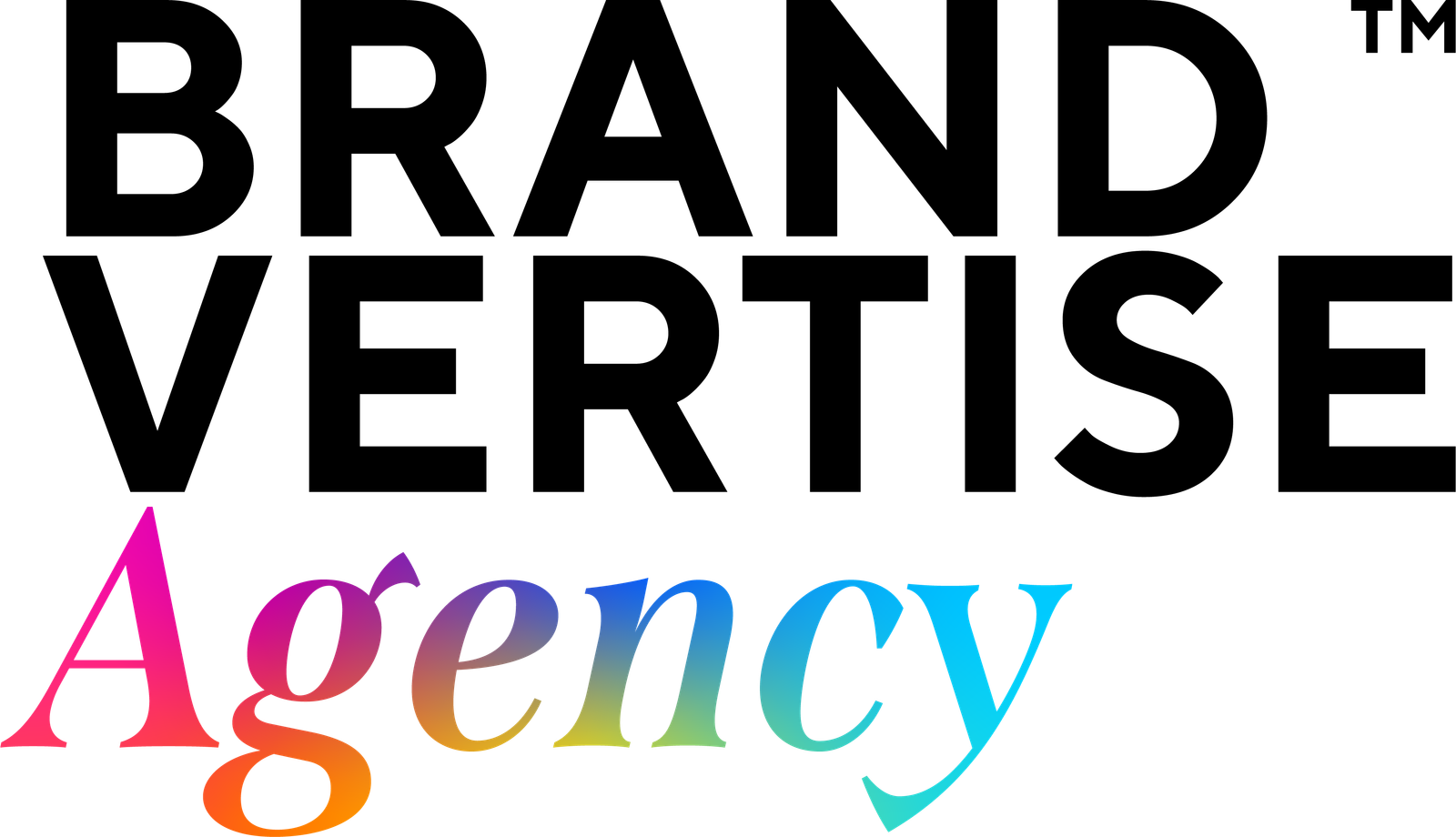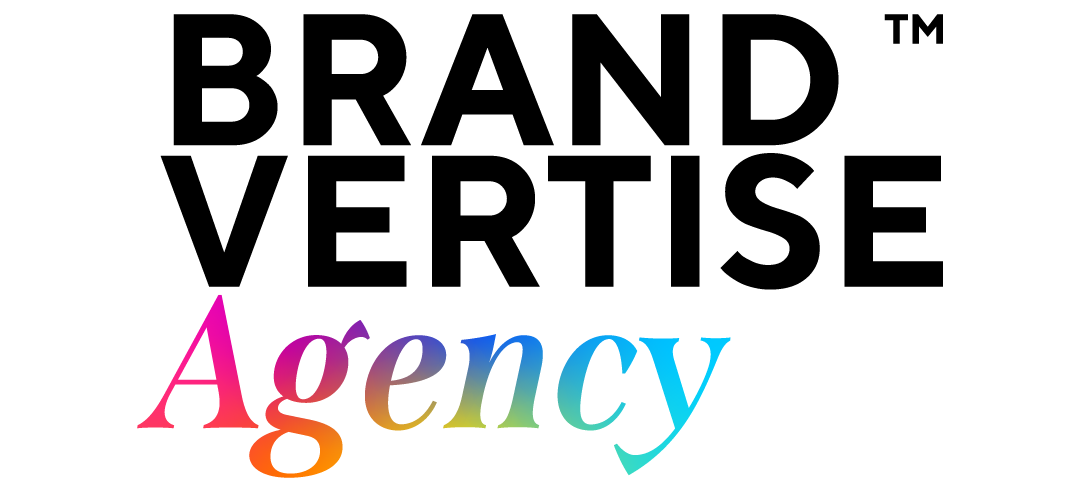With the advancement of digital marketing, it is essential for businesses and marketers to always catch the wave. The Google Ads API is a highly advanced marketing oriented software designed for developers who wish to be able to run, maintain and improve advertising campaigns on the Google Ads platform. There has been a new version of Google Ads API v17.1 and in it, there are some important modifications and new releases that can help in improving the way one handles his/her ads to a great magnitude. In this blog, we shall discuss the most recent improvements made in the search engine and the way they shall help you in your advertising endeavors.
Introduction to Google Ads API
Google Ads API is an application programming interface that allows third-party developers to directly connect to Google Ads functionality. It is more like a tool used in campaign management but this time round users are made capable of using the tool while seated. Therefore, apart from managing the accounts and campaigns in the normal way, the API is also able to empower the users to manage their accounts and campaigns from their remote location.
Key Updates in Google Ads API v17.1
Some improvements are included in the Google Ads API v17.1 that help to better handle campaigns and offer additional data about their performance. Here are the key updates:
1. Enhanced Support for Performance Max Campaigns
With the capability to leverage artificial intelligence across all the Google Ads inventory, Performance Max campaigns have focused a lot of attention in the current release. With v17.1, developers can access new available campaign management features including but not limited to:
- Asset Group Management: You can now create and manage an asset group easily. This enables you to customize your assets depending on the target audience and optimize them for better performance.
Performance Insights: The API also improves on how you can analyze and evaluate the performance of your performance max campaigns providing insightful analytics and what shedding understanding rightly praising, what does not work. You will also be able to measure KPIs effectively and make decisions based on the metrics attained.
2. Enhanced Reporting Tools
The introduction of Google Ads API v17.1 has advanced reporting capabilities focused on campaign performance analysis. The updates center on:
- New Metrics and Segments: The introduction of new metrics enables the reporting to be more detailed. This also includes metrics specific to Performance Max campaigns which will assist in gauging the effectiveness of such campaigns.
- Custom Reports: It is now possible for the developers to build their own reports focusing on the measurements that are of most interest to them. This offers a more focused data evaluation and presentation technique.
3. New Customer Match Capabilities
In simpler terms, Customer Match is where advertisers can upload their list of customers and focus on certain groups. In v17.1, such a functionality was improved and included:
- Increased Limit on List Size: The upper limit for media customer lists has been expanded to enable advertisers to approach larger market segments.
- Better Segmentation Options: The API has been enhanced, allowing more advanced segmentation options which helps advertisers reach the right audience much more easily.
4. Advanced Tools for Keyword Planning
Understanding and managing keywords is very vital for running any successful ad campaigns. With the recently released version, the Google Ads API offers:
- Keyword Recommendation: The improved Phrase match tools allow advertisers to choose the best candidatures of keywords for the purposes of a given advertisement, thus attaining improved targeting and better quality of the ads actualized.
- Keyword Performance Over Time: Advertisers are able to evaluate the historical performance of various keywords and most importantly the trends, thus helping them to forecast and plan their campaigns with the help of facts in the information age.
5. Increase in Location Targeting Capabilities
Most companies with an intention of marketing focus on a particular area of interest. v17.1 improves on this feature by:
- New Location Targeting Types: With the introduction of new targeting types, location targeting becomes more effective and precise. Advertisers can draw targeted areas in relation to regions, cities and even certain areas around specific locations.
- Geolocation promises a greater degree of improvement as well: The api also allows advertisers to anticipate the users’ geographical performance and adjust the campaign accordingly.
6. Salient Feature – Google Analytics 4 (GA4) Interfacing with Google Ads
In the era where marketing is increasingly becoming reliant on data, combining Google Ads with Google Analysis 4 has become inevitable. v17.1 adds even more value to that integration by:
- Cross Measurement: And now it becomes even easier to browse and understand all the ‘outcomes’ of a particular user on different platforms within one timeline which adjusts the perception of the user journey.
- Fine-Tuned attribution Models: The enhancement rollout incorporated better attribution models able to shed light on the role played by each of the channels in the realization of conversions.
Read More: https://brandvertiseagency.com/how-click-fraud-protection-can-help-you-improve-your-google-ads-roi/
Advantages of Google Ads API v17.1
The enhancements and innovations made available in Google Ads API v17.1 are a great advantage for the marketers and advertisers:
- More Efficiency: Due to the elimination of the mundane tasks that can be done by machines, more time can be allocated to strategizing and finding creative ways of running the campaigns.
- Improved Business Strategies: Thanks to enhanced reporting and performance metrics, one will be able to make strategies that improve their advertising effectively.
- Enhanced Control: The API affords you the freedom to come up with solutions that best fit your business objectives, such as how to administer your campaigns and why.
- Improved Outreach: The added features of focus enable you to engage the audience much easier, which in turn results in better conversion rates.
How to Get Started with Google Ads API v17.1
The following steps have to be followed in order to exploit the advantages of Google Ads API v17.1:
- Create Google Cloud Project: Register for a project in the Google Cloud Console, to enable use of the API.
- Obtain Your Credentials: Acquire your OAuth2 credentials so that your application can safely authenticate and communicate with the API.
- Download the Client Libraries: This will make your integration easier by allowing you to access language-specific official Google Ads API client libraries.
- Consult the Documentation: Analysis of the new version Google Ads API documentation should be done for features and capabilities.
- Create The Application To Be Used: Start the course of action of creating the application incorporating the new features and updates contained in v17.1.
Conclusion
AdWords API v17.1 comes with a number of new features and improvements which can significantly change the management of advertising campaigns by businesses. Be it better performance metrics or new targeting features, the updates give advertisers all the necessary tools to be competitive in the digital marketing environment today. With this enhancement, you will also be able to improve the functioning of your campaigns, raise their effectiveness and as a result improve the performance of your company. There are a lot of reasons why you May consider it unnecessary to delay to take advantage of Google Ads API v17.1 incorporated within your advertising campaigns.



